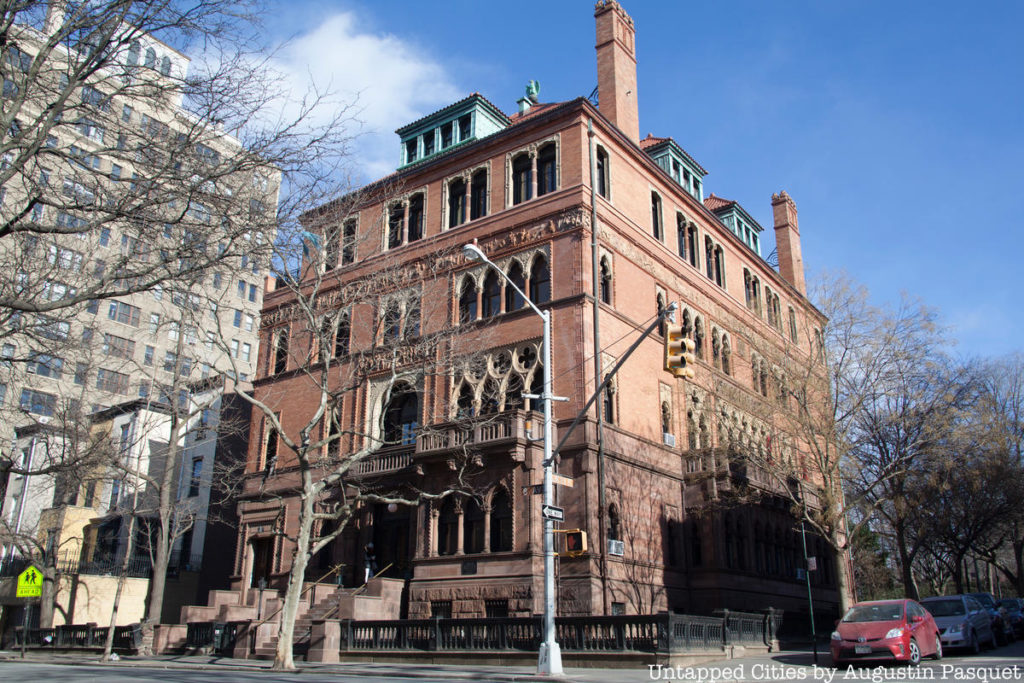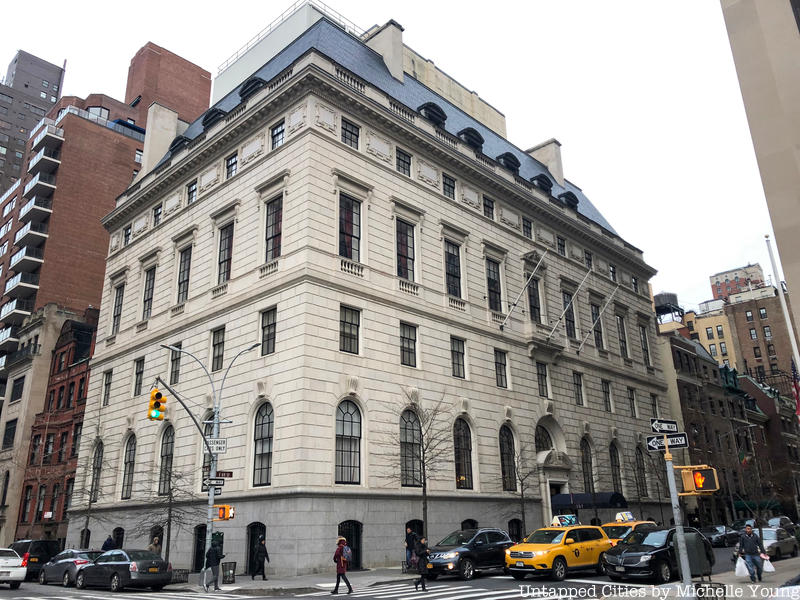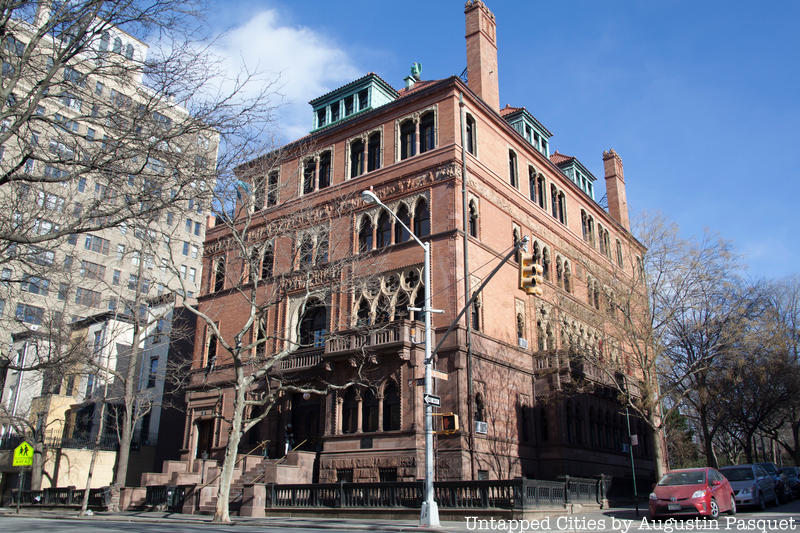
New York City’s historic private clubs are a vestige of an older world, and the rise of newer, hipper clubs like Norwood and Neue House, reflects a desire to expand the vocabulary of what a private club consists of. At Untapped New York, we’ve been to a lot of these clubs for varying reasons – for events, for meetings, and as members. Here’s what we’ve discovered about 10 notable private clubs among the city’s oldest that have stunning architecture and rich history.
1. The Union Club (1836)

The Union Club is the oldest private club in New York City (but not the oldest in America). The grande dame of the private clubs, the Union Club is now located in a landmarked building designed by Delano & Aldrich on 69th Street and Park Avenue, after two moves from downtown. Not surprisingly, the Union Club is known for its conservative slant and its policies were the reasons for the founding of rival clubs, The Knickerbocker and the Metropolitan Club later. The club is still in operation and counts Dwight D. Eisenhower, Winston Churchill, Ulysses S. Grant, and William Randolph Hearst among its notable members.
The Union Club has a website (unlike the Knickerbocker) but it’s for members only. Guests (and potential guests) can read about club rules and dress code (like no use or display of cell phones in common areas) here.






